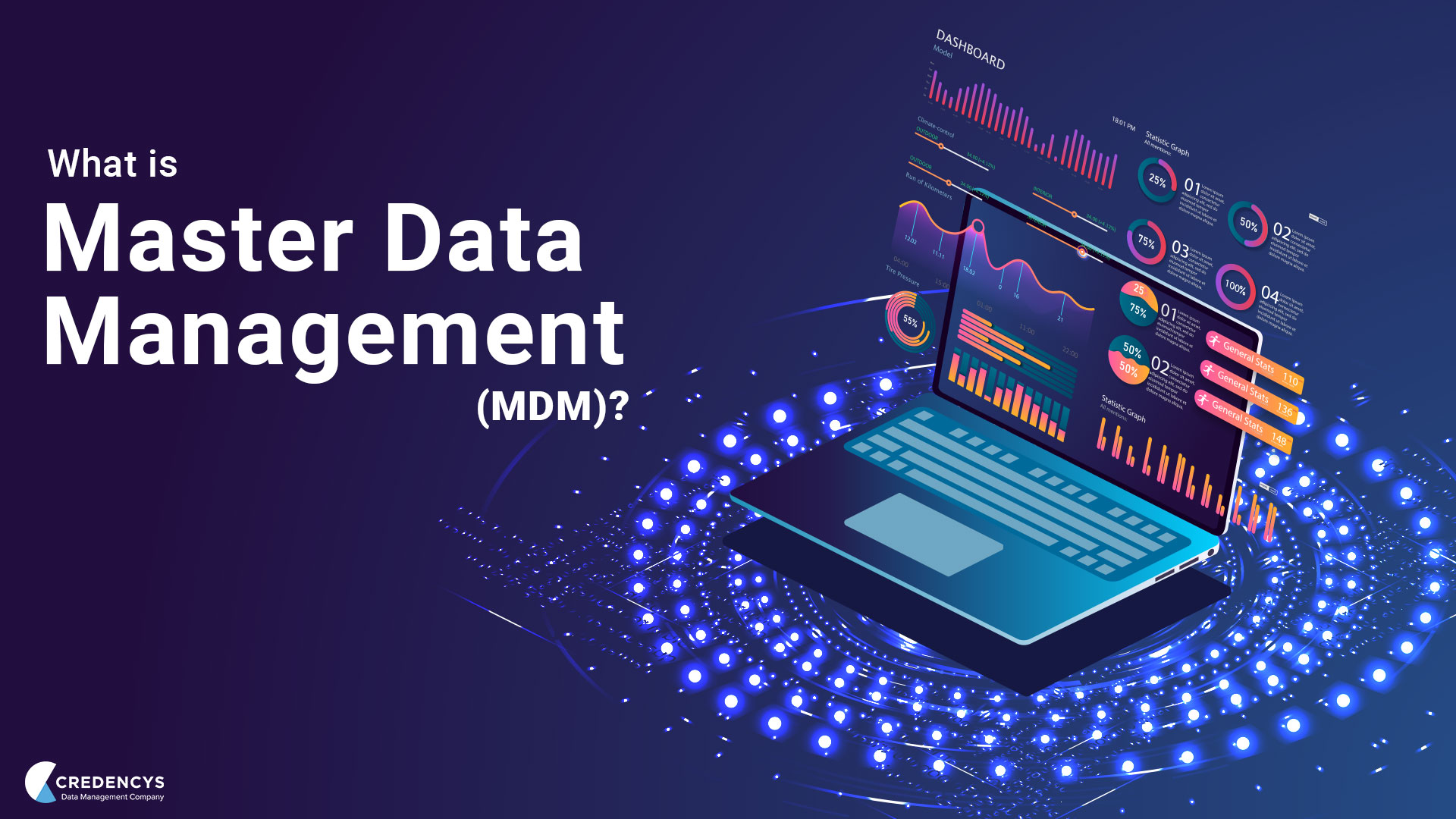The Benefits of Master Data Management
In today’s data-driven world, organizations face numerous challenges when it comes to managing and utilizing their data effectively. Master Data Management (MDM) provides a solution to these challenges by offering a comprehensive approach to data governance, integration, and quality assurance. In this article, we will explore the benefits of implementing MDM and how it can help businesses outrank their competitors in the digital landscape.
Enhanced Data Quality
One of the primary benefits of MDM is the improvement in data quality. By implementing MDM practices, businesses can ensure that their data is accurate, consistent, and up-to-date. This is achieved through data profiling, cleansing, and enrichment techniques. With high-quality data, organizations can make better-informed decisions, improve customer experiences, and reduce the risk of errors or inconsistencies in their operations.
Improved Data Integration
MDM enables seamless data integration across various systems and applications within an organization. By consolidating and harmonizing data from multiple sources, businesses can achieve a single, unified view of their data. This integration eliminates data silos and enables cross-functional teams to access and utilize accurate information. As a result, organizations can streamline their processes, enhance collaboration, and achieve higher levels of efficiency.
Enhanced Decision-Making
With accurate and integrated data at their disposal, businesses can make more informed and data-driven decisions. MDM provides a holistic view of data, allowing organizations to identify trends, patterns, and relationships that may have otherwise gone unnoticed. This valuable insight enables businesses to respond quickly to market changes, identify new opportunities, and optimize their strategies for growth.
Improved Customer Experience
MDM plays a crucial role in improving the overall customer experience. By centralizing customer data and ensuring its accuracy, organizations can offer personalized and targeted experiences to their customers. This includes delivering relevant product recommendations, personalized marketing campaigns, and responsive customer support. With MDM, businesses can build strong customer relationships, enhance loyalty, and gain a competitive edge in the market.
Increased Operational Efficiency
Implementing MDM can significantly improve operational efficiency within an organization. By eliminating duplicate or inconsistent data, businesses can reduce the manual efforts required for data reconciliation and correction. This allows employees to focus on value-added tasks rather than spending time on data-related issues. Additionally, MDM enables automation of data processes, reducing the risk of human errors and ensuring data consistency across systems.

Master Data Management offers numerous benefits to organizations seeking to optimize their data management strategies. By improving data quality, enhancing integration, enabling better decision-making, and improving customer experiences, businesses can gain a competitive advantage in the digital landscape. Implementing MDM is a strategic investment that can help organizations outrank their competitors and achieve long-term success.
Frequently Asked Questions
1. What is master data management (MDM)?
Master data management is a process that allows organizations to create and manage a single, consistent, and accurate source of master data across various systems and applications.
2. How does master data management benefit businesses?
MDM provides several benefits, including improved data quality, increased operational efficiency, better decision-making, enhanced customer satisfaction, and regulatory compliance.
3. Can master data management help in reducing data duplication?
Yes, MDM helps in eliminating data duplication by creating a central repository for master data, ensuring that all systems and applications access and use the same accurate and up-to-date information.
4. Does master data management improve data quality?
Absolutely! MDM ensures data accuracy, consistency, and completeness by implementing data governance policies, data validation rules, and data cleansing techniques, resulting in improved data quality.
5. How does master data management enhance decision-making?
By providing a single, reliable source of master data, MDM enables decision-makers to access accurate and consistent information, leading to better-informed decisions and improved business outcomes.
6. Can master data management help in achieving regulatory compliance?
Yes, MDM plays a crucial role in achieving regulatory compliance by ensuring that all data is accurate, up-to-date, and consistent, which is essential for meeting compliance requirements.
7. Does master data management help in streamlining business processes?
Definitely! MDM streamlines business processes by eliminating manual data entry, reducing errors, and providing a unified view of data, leading to increased operational efficiency and productivity.
8. Can master data management enhance customer satisfaction?
Yes, MDM improves customer satisfaction by enabling organizations to have a holistic view of customer data, which helps in delivering personalized experiences, resolving issues quickly, and providing better customer service.
9. How does master data management support data-driven initiatives?
MDM supports data-driven initiatives by ensuring data accuracy and consistency, enabling organizations to trust their data, perform reliable analytics, and make data-driven decisions to drive business growth.
10. Is master data management scalable for growing businesses?
Absolutely! MDM is designed to be scalable and flexible, making it suitable for businesses of all sizes. It can adapt to the evolving needs of growing organizations and accommodate increasing data volumes and complexity.




